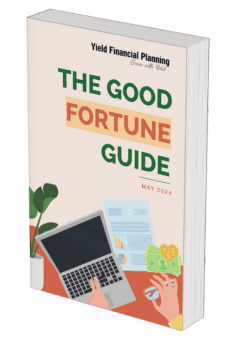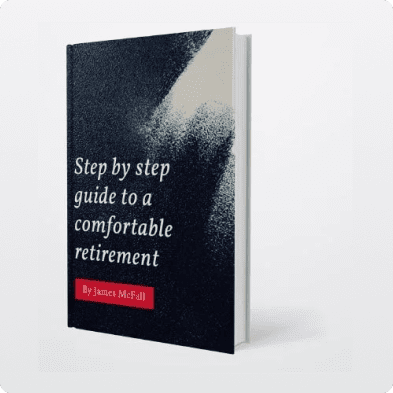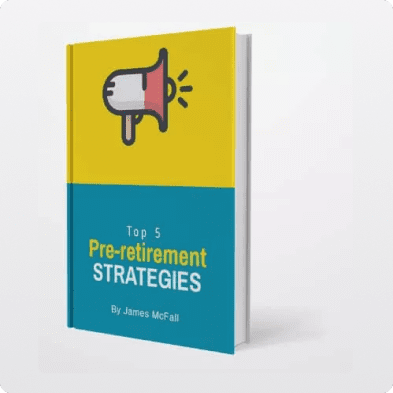Looking for savings tips after a long hiatus of holidays & fun? Our seven savvy saving tips aren’t to try and pinch every penny, but to think about your big expenses and how adjusting these could benefit your long-term financial position.
Through this Christmas period and the boxing day sales, we often overlook how much we spend, with some rather comedic excuses we’ve heard such as “it’s such a good deal, I’d be wasting money if I didn’t buy it”.
Regardless of the rationale, we always manage to come to a rude shock when we look at our bank account or credit card bill at the end of the month.
But a small lapse in our savings plan or the indulgence of our hip pocket, shouldn’t jeopardise our plans going into the new year.
With all this being said, here are seven savings tips to help you be more financially savvy heading into 2020.
Savings Tip 1 – Drop the gym membership. If you’re not using it then lose it!
Ask a group of friends for their new year’s resolutions and it’s likely that at least one of them will be to either start going to the gym or to start using the gym membership that’s been burning a hole in their hip pocket since they joined.
However, when you compare how many people are in a Gym on January 1st compared to those the next day, you’ll often find that half the Gym’s population have traded the 7:00 am gym session for the 8:00 am sleep-in.
Independent polls show that roughly 30% of Australian’s have Gym memberships, however, 27% of those either barely use them or are in a constant loop of “thinking about it”. This equates to a cost of $1.8 billion dollars p.a. wasted on unused gym memberships.
Obviously, we’re not debating whether leading a healthy life is worth it, simply saying that those that fall into the 27% should consider if it makes sense to continue paying, the sometimes high costs of retaining a membership if they are not likely to use it.
You can always turn it back on when you are ready to recommit!

Savings Tip 2 – Shop around & online
Every now and again, I’ll have friends come up to me touting how they’ve just purchased the latest piece of technology and how much it cost, wearing its purchase price as a badge of honour.
But the excitement about their purchase can often lead to buyer’s remorse when after spending as little as 5 minutes of research nets the same item for much less.
Websites such as Catch of the day, eBay, and even the introduction of Amazon in Australia have led to more sellers & retailers being made available, selling all sorts of products and often at discounts.

You can even filter listings by price, ensuring that you’re always receiving the best deal possible.
Online websites such as OzBargain, discount codes from social media platforms, and browser extensions such as Honey can also be used to get even further discounts on purchases, sometimes on already marked down prices.
Savings Tip 3 – A big-ticket opportunity is to review your home loan interest rate and structure
The average interest rate of the big 4 banks being offered in Australia at the moment is 3.93%, which is almost 1.30% higher than some reduce home loans low rider rates at 2.69%.
Ensuring your rate is sharp is one way that you can make a meaningful improvement to your position, but it is only the start.
Possibly the bigger more important step is to ensure your loan is structured well, so it is minimising debt optimally, but also minimising tax where applicable.
How regular your repayments are; whether you are fixed or variable; Principal and Interest or Interest only and whether you have offset accounts, all feed into this.
We always take into consideration a person’s debt management plan and can steer you in the right direction for this.
Savings Tip 4 – Another potentially big one is insurance
Insurance companies rely on people getting insurance apathy when in reality it can be an easy win if you invest a little bit of time.
When reviewing your general & health insurance policies, simply using websites such as iSelect, Compare the market or Canstar can make your comparisons exponentially easier than the old-fashioned ringing around, it also saves a plethora of time.
For your life & income protection insurances you should speak to an adviser like us at Yield, as we can ascertain if your cover is competitive in the market at no additional cost to yourself.
With insurance do keep in mind that policies can differ and it is important to read the fine print.

Savings Tip 5 – Set realistic goals
Setting a savings goal is a really good way of establishing a target to aim for, however, targets should always be realistic, as there’s not much point in saying “I want to save $50,000 this year” when you only earn $37,000.
Further to this, goals should not be too hard, otherwise you may find yourself caving in to the temptation of giving up.
A good savings goal should encourage you to live with a degree of frugality, but not force you to live a life of poverty.
An effective method of setting a realistic savings target is using the 50/30/20 rule. That is 50% of your budget should be used for essentials, such as food, utilities, rent, 30% for discretionary spending, and at least 20% on savings.

Savings Tip 6 – Buy a coffee machine
One of the greatest innovations in the appliance industry in the last decade was the introduction of the pod coffee machine, although they may not be the best for the environment, they are a cost-effective alternative for caffeine addicts.
A typical takeaway coffee costs about $3.50, assuming you purchase one a day, for every day you’re at work (5 days per week) the annual cost is roughly $910.
Now let’s assume, you buy a $100 coffee machine and a pod coffee costs about $1.00 per capsule, for the same amount plus the cost of the machine, you’ll only spend $360 p.a. Overall, you’ll saving about $550 p.a. which instead can be put into the smashed Avo fund to have with your pod coffee.

Savings Tips 7 – Pack your own lunch
One of the biggest and avoidable expenses many individuals incur is the cost of buying lunch at work.
The average takeaway lunch in Australia is between $10 to $15, whereas a lunch made at home and brought to work will typically cost between $2 to $5 per serving, however, this will obviously depend on what you make, as medium rate filet mignon, costs a little more than $2. But it also costs more than $10 to $15 at a restaurant if this is your preference too.
Even if we take the low end for a takeaway lunch and the high end for a lunch brought from home, you’ll still save roughly $1,300 p.a. which can go straight towards building an emergency fund or towards the holiday you’d like to take this year.

If our savings tips have resonated with you and you think that you or someone you know may benefit from getting personalised financial planning advice, please feel free to contact us for a no-obligation and confidential discussion.

















